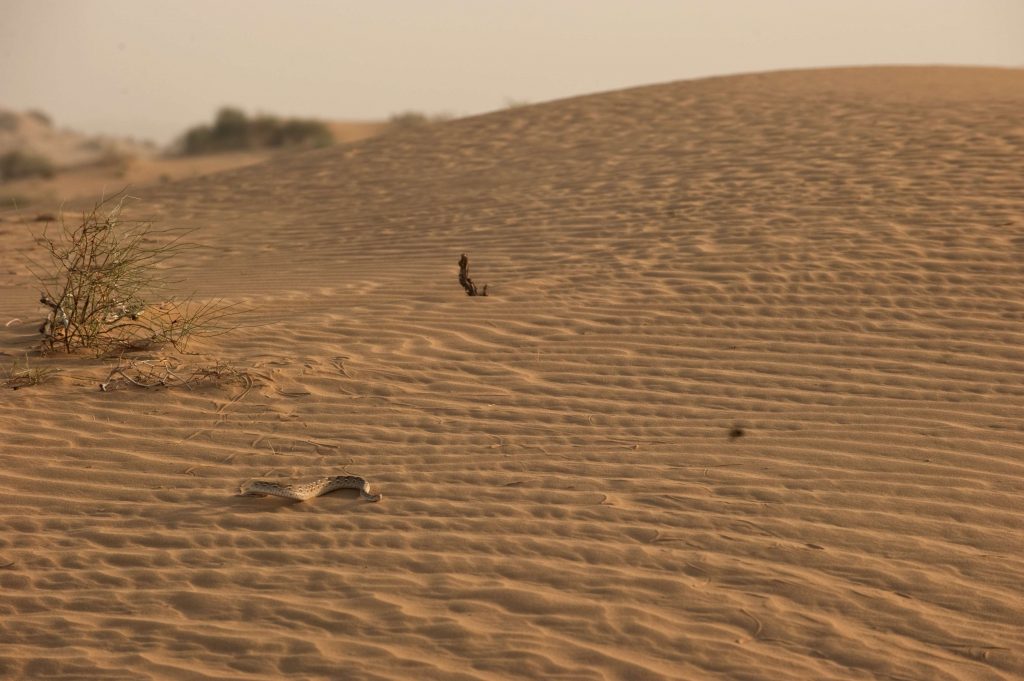
North-Western Arid Zone
Vast tracts of northwestern India fall under arid and semi-arid conditions. On average, the regions covered by the Aravalli-Vindhya ranges receive less than 1000 mm of precipitation annually, and these include the deserts of Rajasthan. This region is important for the conservation of iconic species such as the Great Indian Bustard. It also represents unparalleled examples of harmony between humans and wildlife: as evident from the Bishnoi community’s reverence for nature. However, these semiarid and arid tracts are thought to be most vulnerable to ongoing and projected changes in the region’s climate. A transect from Mount Abu to the Desert National Park in Rajasthan will capture a range of vegetation types including dry deciduous forest, thorn scrub and savanna, arid grasslands, and desert. Additionally, a similar transect from Gir National Park to the Rann of Kutch in Gujarat may also be established at a later phase to cover a similar gradient of vegetation types.
